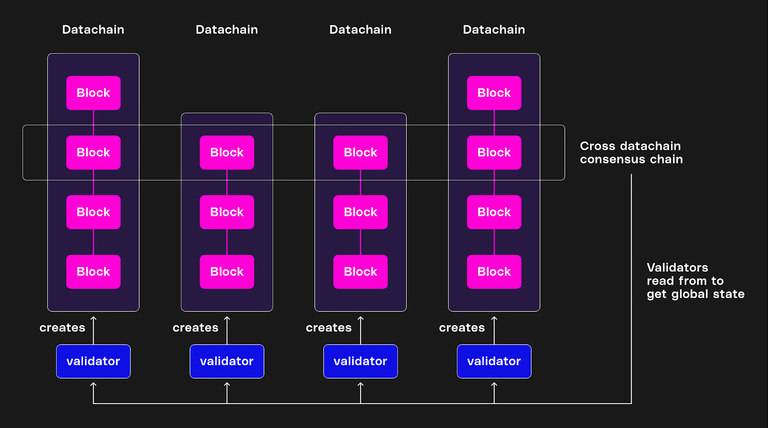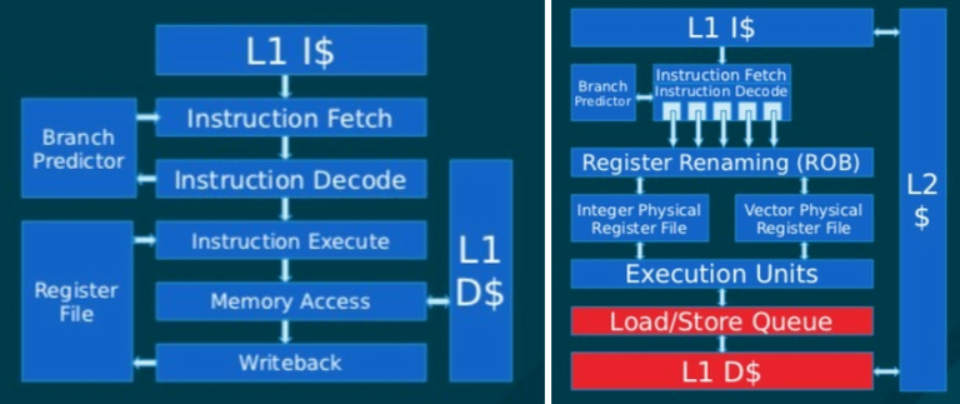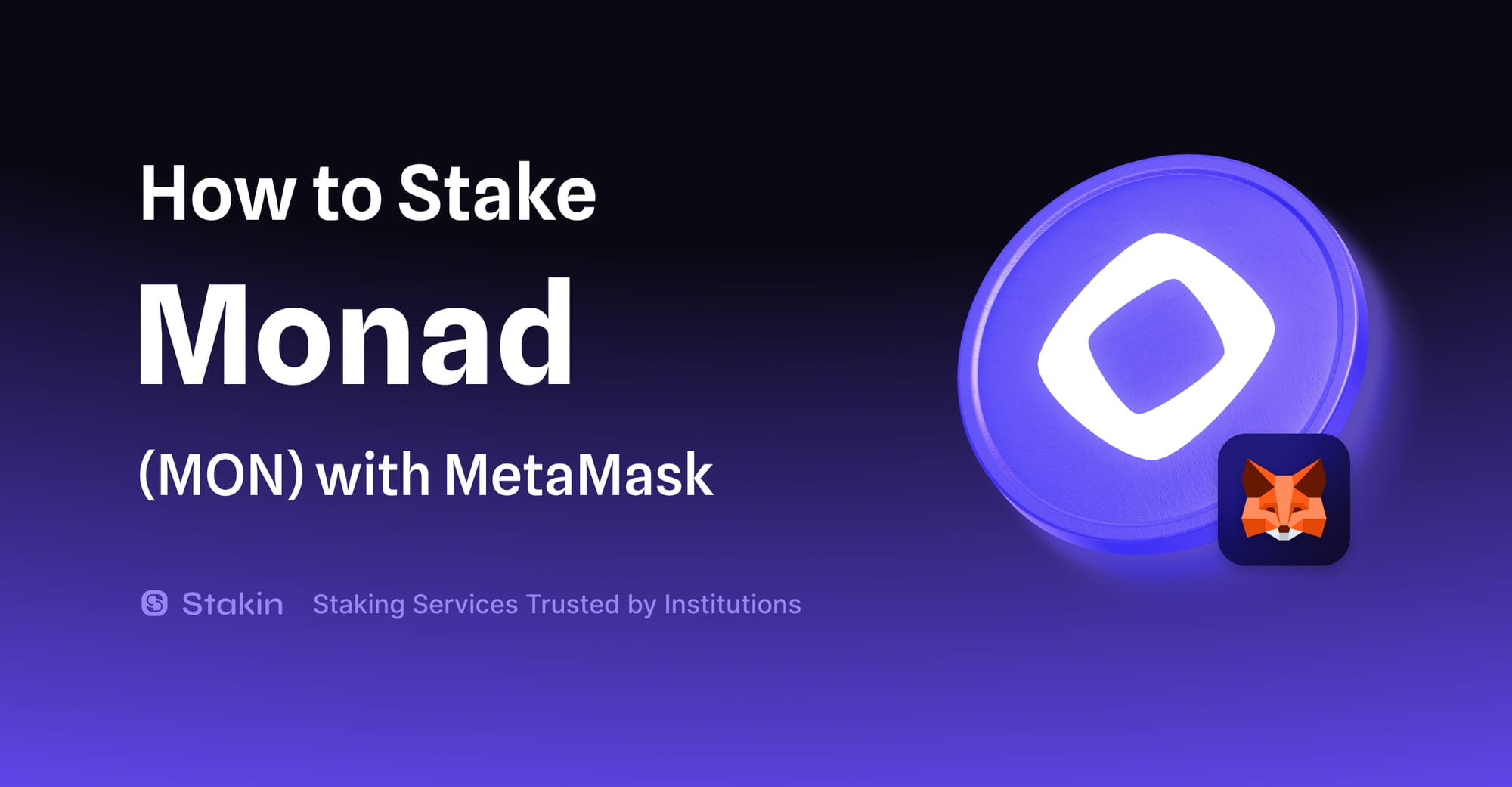Somnia is a high-performance, EVM-compatible Layer 1 blockchain architected to support fully on-chain, real-time applications at internet scale. Engineered to deliver over 1,000,000 transactions per second (TPS) with sub-second finality, it addresses the technical constraints that have historically limited the viability of complex, stateful applications on blockchain infrastructure.
Rather than serving as a general-purpose blockchain, Somnia is architected for performance-critical, high-demand applications that existing Layer 1 networks struggle to support. Its infrastructure is optimized for real-time responsiveness, deterministic execution, and scalability, enabling the deployment of stateful, high-frequency applications directly on-chain. This focus addresses fundamental limitations in throughput, latency, and composability that have historically restricted the development of complex, user-facing decentralized systems.
The protocol’s architecture is particularly well-suited for permissionless on-chain games, where environments evolve continuously and users maintain full ownership of assets. Additional use cases include decentralized social networks built on self-sovereign identity and portable social graphs, as well as interoperable metaverse applications that allow seamless asset and avatar movement across virtual ecosystems. Somnia also supports fully on-chain financial primitives, including low-latency limit order books, and real-time consumer applications, bridging the execution gap between web2-level interactivity and web3-native trust models.
The Scalability Problem: What Came Before Somnia
While blockchain technology has laid the groundwork for decentralized finance and permissionless infrastructure, it has not yet delivered the scalability and performance required for mass-market applications. Despite broad EVM adoption, most existing Layer 1 and Layer 2 networks are hindered by structural bottlenecks, including limited execution speed, constrained storage access, and insufficient bandwidth. These technical limitations prevent the development of real-time, stateful applications directly on-chain.
Benchmarks across major EVM-compatible chains such as Ethereum, Polygon, Avalanche, and BNB Chain show significant throughput ceilings. For example, Ethereum averages fewer than 10 decentralized exchange (DEX) swaps per second, while even high-performing chains like BNB rarely exceed ~200 DEX swaps per second in production. Finality times remain high across the board, often several seconds to minutes, compromising UX for interactive applications. According to observed metrics, block times and transaction finality across most chains are incompatible with low-latency, high-frequency workloads.
These constraints have resulted in blockchain applications remaining narrowly focused on financial primitives, leaving categories such as gaming, social platforms, and real-time metaverse environments underserved. Moreover, many high-performance chains that attempt to scale have made architectural trade-offs that sacrifice compatibility with the EVM ecosystem, isolating them from a mature and widely adopted development stack. Without EVM compatibility, access to tooling, developer communities, and content libraries becomes fragmented.
The result is a status quo where performance limitations force developers to rely on centralized infrastructure or Web2 backends for real-time responsiveness. Unlocking a new generation of on-chain applications demands a fundamental rethinking of blockchain design, one that does not compromise scalability, composability, or ecosystem access. This is the context from which Somnia emerges.
What Makes Somnia Different?
Somnia achieves scalability by optimizing the execution of individual transactions, rather than relying on parallelism or external infrastructure. This allows the network to remain stable and performant even during peak demand, such as large-scale mints or high-frequency trading. Its design is specifically suited to workloads where many users interact with the same contract, a scenario that typically causes performance issues on other Layer 1 blockchains.
These design choices translate into measurable outcomes. During a public DefNet test in November 2024, Somnia achieved 1.05 million ERC-20 transfers per second, 300,000 NFT mints per second, and 50,000 Uniswap-style swaps per second, with 100ms block times. These results are among the highest recorded in the EVM-compatible ecosystem. In addition, the custom database layer, IceDB, provides deterministic gas metering and nanosecond-level access performance, further supporting the protocol’s ability to handle large-scale, stateful applications in real time.
On the developer side, Somnia maintains full compatibility with Ethereum tooling, including support for Solidity, Hardhat, and other standard frameworks.The team has also launched Playground, a low-friction environment for deploying interactive experiences using NFTs, mini-games, and social spaces, particularly useful for gaming and metaverse teams looking to prototype on-chain logic.
Somnia’s ecosystem is supported by the Virtual Society Foundation, backed by $270 million in funding from Improbable, MSquared, a16z, SoftBank, and others. The project has partnered with Yuga Labs to integrate Otherside NFTs into Somnia’s world, launched a six-month accelerator (Dream Catalyst) with Uprising Labs offering a $10 million grant pool for Web3 games, and introduced a Points Program to reward early engagement across the testnet. These efforts reflect a coordinated strategy to build a performant, creator-aligned, and well-capitalized ecosystem ahead of mainnet launch.
How does it work?
Somnia achieves high performance through a layered architecture that separates data production, consensus, execution, and storage. Each component has been designed to resolve specific bottlenecks inherent to traditional EVM-based blockchains. Below is an overview of the key mechanisms enabling Somnia to scale without compromising decentralization or EVM compatibility.
MultiStream Consensus and Independent Data Chains
Somnia's architecture is a consensus model inspired by Autobahn BFT. Each validator operates an independent "data chain", which it updates without requiring internal consensus. These data chains are unconstrained in block production, allowing validators to publish transaction data asynchronously.
To secure this setup, Somnia introduces a separate "consensus chain" that aggregates the heads of all active data chains. This consensus chain uses a modified PBFT algorithm and establishes a global order of transactions. By decoupling data availability from finality, Somnia reduces latency and enables high transaction throughput across a decentralized network.

Compiled Bytecode and Accelerated Sequential Execution
Rather than rely on parallel execution, which fails during correlated transaction spikes, Somnia focuses on optimizing single-core execution. The platform compiles EVM bytecode into x86 machine code, eliminating interpretation overhead. This allows frequently used contracts to execute at near-native speeds, comparable to handwritten C++.
Hardware-level parallelism further boosts performance by leveraging modern CPU architectures. Instructions such as hashing and balance lookups are executed out-of-order and in parallel at the chip level, significantly reducing runtime for critical operations like ERC-20 transfers.

IceDB: Deterministic and Efficient Blockchain State Management
Somnia’s custom storage layer, IceDB, replaces traditional databases like LevelDB with a system designed for consistent, low-latency access. IceDB provides deterministic performance reports, enabling gas metering based on actual system load. This avoids the variability of disk-based reads and supports more efficient block packing.
IceDB also integrates built-in snapshotting and an optimized read/write cache, allowing average operations in the range of 15–100 nanoseconds. These features support faster state verification and smoother network synchronization.
Advanced Compression and BLS Aggregation
To manage the bandwidth demands of high TPS, Somnia employs streaming compression. Unlike block-based compression, streaming techniques leverage shared historical data to reduce redundancy across transaction batches. This is made possible by the architecture of data chains, which maintain consistent data streams per validator.
Somnia also uses BLS signature aggregation, which reduces the size and verification cost of transaction signatures. Combined, these optimizations allow the network to sustain extremely high transaction throughput without centralized shortcuts or bandwidth saturation.
Together, these mechanisms form an execution and consensus stack capable of supporting real-time, on-chain applications with performance comparable to web2 systems.
What Can You Build on Somnia? Key Use Cases
Somnia is designed to support high-performance decentralized applications, enabling categories of systems that require real-time responsiveness, high throughput, and composability. As an EVM-compatible Layer 1 blockchain, it provides the infrastructure for building scalable, interactive platforms that operate entirely on the blockchain without relying on centralized infrastructure.
Decentralized Gaming
Developers can create persistent game environments where logic, assets, and progression exist directly on the blockchain. Players gain verifiable ownership of in-game items, and creators can design systems that evolve over time, without dependence on centralized servers.
SocialFi Platforms
Somnia enables applications where users retain full control of their data and identities. Social platforms built on the network allow creators to migrate their content and audiences across ecosystems without platform lock-in or third-party control.
Virtual Worlds and Metaverses
The protocol supports interoperable digital environments where assets, avatars, and economies function across multiple experiences. Application logic and ownership structures are handled on the blockchain, ensuring transparency and portability.
DeFi Infrastructure
Somnia’s architecture supports the deployment of limit order books and trading systems that offer execution speeds similar to centralized exchanges, but with transparent, self-custodied mechanisms, eliminating the need for intermediaries.
Real-Time Applications
With sub-second finality and optimized throughput, Somnia is well suited for building real-time interactive systems, including consumer-facing tools, multiplayer coordination layers, and responsive marketplaces, all secured by blockchain logic.
Token and Governance
Somnia is secured through a Proof-of-Stake (PoS) mechanism in which validators stake tokens to participate in consensus. Malicious or non-compliant behavior, such as double-signing or downtime, can result in slashing penalties, ensuring that validator incentives are aligned with network reliability and security. While the token is not yet live, it will serve as a core component for network security, participation, and possibly governance once launched.
At the time of writing, Somnia’s governance structure is not yet decentralized. The protocol is currently overseen by the Virtual Society Foundation, a nonprofit organization founded by Improbable and MSquared to support the network's development. Although no on-chain governance mechanism is currently in place, Somnia’s documentation indicates that validator decentralization and network evolution are priorities post-mainnet. More details on tokenomics and governance participation are expected to be released closer to the token launch and mainnet deployment.
Conclusion
Somnia redefines blockchain infrastructure with an architecture built for execution at scale. Its architecture shifts the baseline for what is technically feasible, not by abstracting complexity away from developers, but by giving them full control at scale. As demands on blockchain systems grow more complex and application-layer expectations align with real-time performance, Somnia positions itself as a credible foundation for the next generation of decentralized systems, systems that are not only composable but also operationally viable.
DISCLAIMER: This is not financial advice. Staking, delegation, and cryptocurrencies involve a high degree of risk, and there is always the possibility of loss, including the failure of all staked digital assets. Additionally, delegators are at risk of slashing in case of security or liveness faults on some protocols. We advise you to do your due diligence before choosing a validator.



